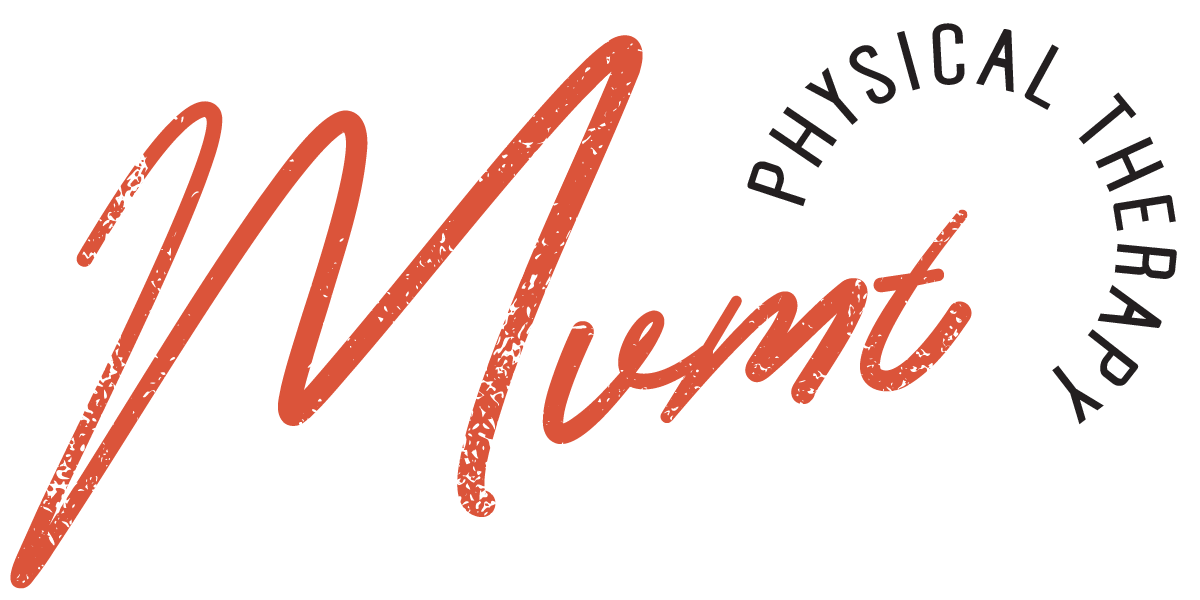Author - Anastasia Belikov, PT, Cert. MDT
Graduated with her DPT in 2017
https://www.linkedin.com/in/anastasia-belikov-pt24/
URL Copied!
Protecting the Athletic Wrist
TIPS AND TRICKS
Monday, October 23, 2023
The human wrist, a complex joint system with a multitude of functions, is capable of handling a range of motion and forceful actions. Whether you're gripping a heavy barbell during weight lifting or managing your entire body weight during gymnastics maneuvers, the wrist plays a pivotal role. Understanding the biomechanics behind this can help optimize performance and minimize injury.
1. Anatomy of the Wrist
The wrist comprises of eight carpal bones that articulate with the radius and ulna (bones of the forearm). Several ligaments and tendons traverse this joint, providing stability and facilitating movement. The wrist can move in various directions: flexion, extension, radial deviation, and ulnar deviation.
2. Lifting and the Wrist
When lifting, especially during loaded exercises like the deadlift or bench press, the wrist is subjected to significant forces. Here's what happens:
Grip Force: Lifting heavy weights requires a strong grip, which activates the flexor muscles in the forearm. These muscles pull on the wrist and can lead to wrist flexion. Wrist wraps are often used by weightlifters to stabilize the wrist in a neutral or slightly extended position.
Compression and Shear Forces: Holding onto a heavy barbell places a compressive force on the wrist joint. In certain lifts, shear forces (forces parallel to the joint surface) also become significant.
Stress Distribution: Proper form and technique can help distribute stress evenly, preventing excessive pressure on any one part of the wrist. Uneven stress can lead to conditions like wrist tendinitis or carpal tunnel syndrome.
3. Weightbearing and the Wrist
Sports like gymnastics is a discipline where athletes frequently bear their body weight on their hands, like in handstands, planches, or during uneven bars routines.
Weight-bearing Stress: In positions like the handstand, the entire body weight is distributed across the wrist joint. This requires not only strength but also flexibility and balance to maintain the position without injury.
Impact Forces: Movements like vaults or dismounts off the bars or beam involve high impact forces. The wrist acts as a shock absorber, and the ligaments and tendons stabilize the joint during these landings.
Repetitive Strain: Many gymnastic elements require repetitive wrist actions, which can lead to overuse injuries. Regular conditioning and rest are crucial for recovery and injury prevention.
4. Wrist Injuries
Common wrist injuries amenable to physical therapy include
Sprains, which involve the stretching or tearing of ligaments
Tendinitis, which is an inflammation of the tendons due to overuse or strain
Carpal tunnel syndrome, where the median nerve is compressed as it passes through the wrist's narrow tunnel
Fractures, which might require post-cast or post-surgical rehabilitation
Additionally, conditions like De Quervain's tenosynovitis, which affects the tendons on the thumb side of the wrist, or ganglion cysts, benign lumps often found near joints, can benefit from therapeutic interventions. Through targeted exercises, modalities, and manual techniques, physical therapy aids in reducing pain, improving range of motion, and strengthening the wrist to restore function and prevent future injuries.
5. Injury Prevention and Considerations
Both weightlifting and gymnastics exert considerable force on the wrist. Some strategies to prevent injuries include:
Strength Training: Strengthening the muscles around the wrist can provide better stability and force distribution. Wrist flexor and extensor exercises involve using light resistance bands or dumbbells to improve muscle strength; performing these regularly can offer the wrist added stability during activities. Wrist curls and reverse wrist curls with dumbbells are particularly beneficial for this.
Flexibility: Maintaining wrist flexibility is essential, especially for gymnasts. Stretching exercises can help. Incorporating stretching exercises, such as the prayer stretch or wrist flexor/extensor stretches, can maintain and improve the wrist's range of motion.
Proper Technique: Whether lifting weights or performing a gymnastic routine, the correct technique is paramount. This ensures forces are distributed evenly and reduces the risk of injury. For those who engage in repetitive wrist movements, periodic breaks to perform wrist circles or shakes can alleviate strain and reduce the risk of overuse injuries.
Use of Equipment: Wrist wraps in weightlifting or wrist guards in gymnastics can provide additional support and protection. Taping or bracing can provide additional support during physical activities, especially sports that place high stress on the wrists. Athletes might use sports-specific taping techniques or wrist guards to stabilize the joint.
Preventing wrist injuries requires a multifaceted approach that combines strengthening, flexibility exercises, and protective measures.
In conclusion, the wrist is a biomechanical marvel, capable of handling significant forces while maintaining dexterity and flexibility. Understanding the nature of these forces, especially in activities like weightlifting and gymnastics, can guide training protocols and injury prevention strategies.



